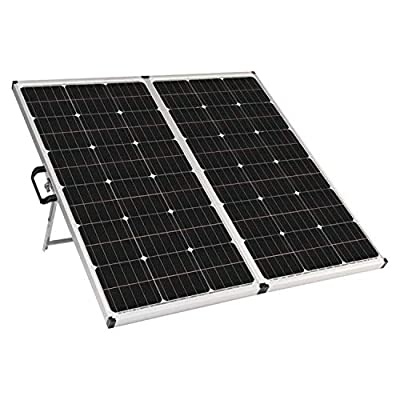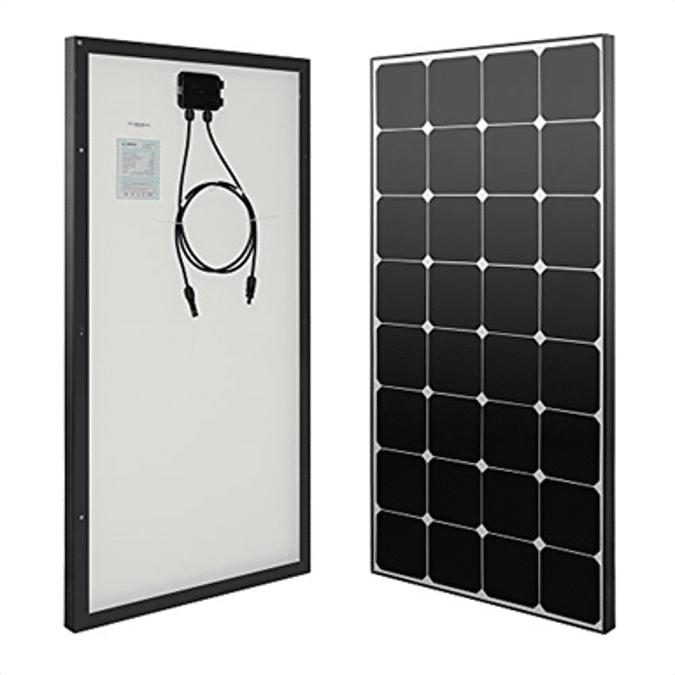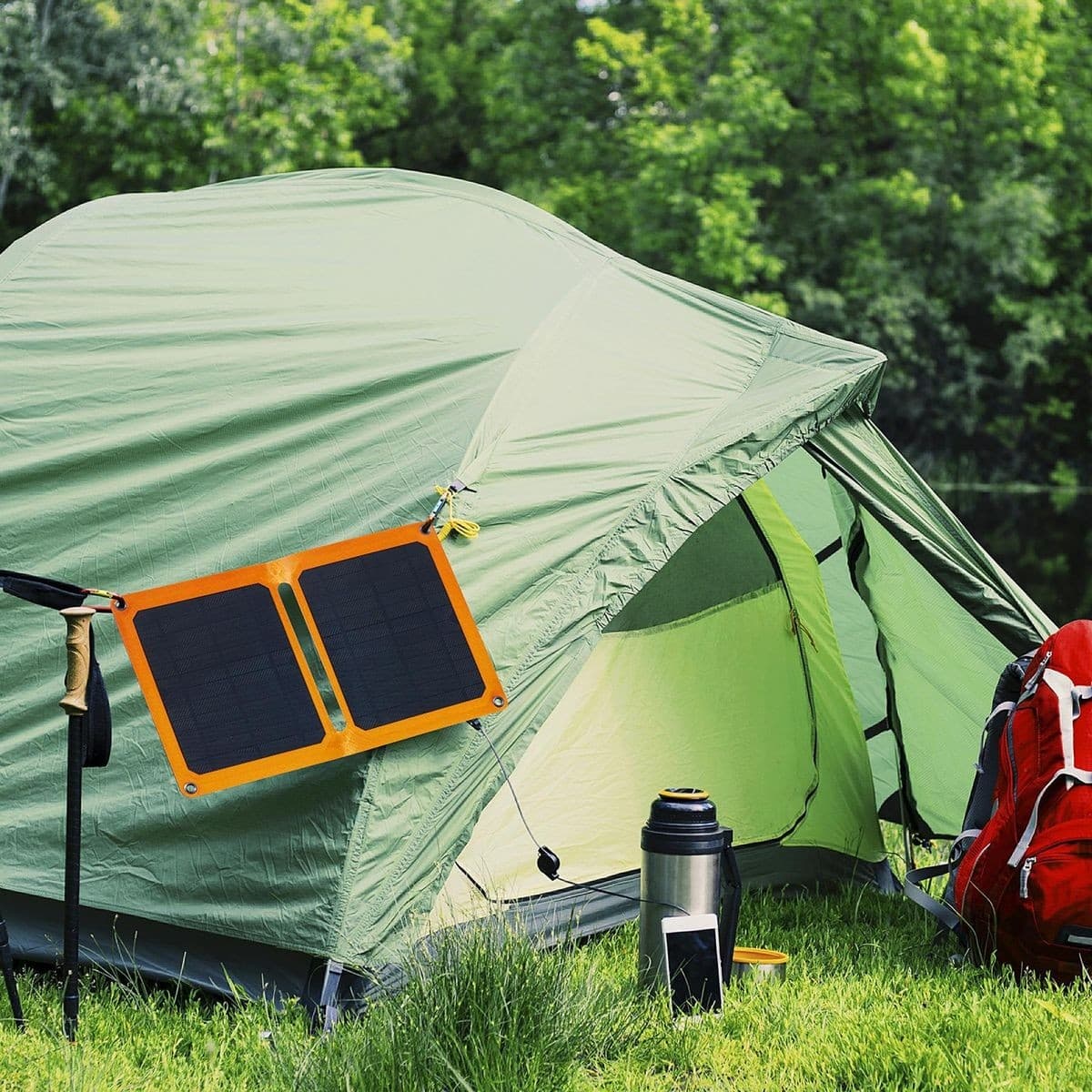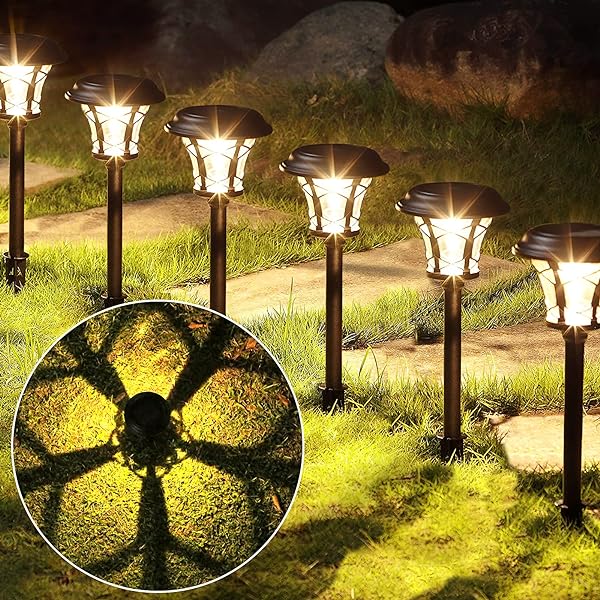Refrigerators use electricity to keep their contents cold so they don’t spoil. Sometimes, you may forget to switch the refrigerator off, and it will probably take an hour or two for the appliance to cool down.
Refrigerators are thirsty appliances with high demands once they’re running. As a result, most houses have more than one refrigerator and are equipped with larger capacity models that can run on less sunlight than smaller units would.
In this article we’ll explain how many solar panels you’ll need to run your refrigerator and other commonly used electric appliances in your home.
How Many Watts of Solar Is Needed to Run a Refrigerator?
Running a refrigerator using just solar panels isn’t feasible. The appliance requires a certain minimum amount of electricity, so a solar setup is out of the question.
However, you can use an off-grid self-contained refrigerator without any additional costs. A basic one-step fridge costs around $350, so this is roughly how much electricity it will consume per year. You’ll need to install a solar fridge system to make it work, which will cost you between $3,000 and $5,000 (depending on your location).
If you purchase a top-of-the-line model, the cost will be much higher. So, it’s not a good idea to run a fridge on solar power alone.
How Many Watts of Solar Is Needed to Run Other Appliances?
Apart from refrigerators, you can use solar power to power other common household appliances, such as a coffee machine or a microwave oven.
If you think your solar setup can handle the demand of these devices, by all means try it out. However, it’s important to note that a coffee machine or a microwave will only work if the electricity comes from the grid, since these devices run solely on electricity.
On the other hand, a refrigerator has a built-in electric water pump, so it requires constant electricity to function. This means that without solar panels, it’s impossible to run a microwave or a coffee machine with a solar setup.
What Are the Best Time of Day to Install Solar Panels?
When you consider the best time of day to install solar panels for electricity production, you’ll find that the majority of people prefer to have panels installed during the daytime. This is because electric supply from the grid is at its highest around sunrise and sunset.
So, it’s best to have your panels installed between 8 a.m. and 5 p.m. The panels can produce electricity during the other 12 hours of the day, but only because of the excess power that’s generated at these times. Once the sun sets, your solar panels will be producing an insignificant amount of power, unless the weather is very sunny and you’re in a very remote location.
How much Solar Does it Take to Power a House?
The amount of energy a solar power system can produce depends on the number of panels, their efficiency, and their orientation. Each panel will produce a different amount of energy. Generally, the more wattage a solar panel produces, the more power it can produce.
Wattage is measured in watts. A solar panel that produces 50 watts is roughly the same as an incandescent light bulb that’s put out 100 lumens. A panel that produces 1 kilowatt can power a typical American home, which uses around 3,000 watts of electricity.
The only way to find out exactly how much solar power your home can use is to have a solar power analysis performed. It’s important to realize that the analysis will show you how much energy your home will use over a certain time period. So, it’s not a good idea to decide on the spot to go off-grid.
Important Factors When Calculating the Total Solar Power Needed
The total amount of solar power your system can produce depends on the orientation of your panels, the amount of sunlight they receive, and their efficiency. Each panel will produce a different amount of energy.
There are a few important factors you should take into account when calculating the total solar power needed for your home.
– Orientation – The most important factor is orientation. The panels should be oriented so that they receive as much sunlight as possible.
– Sunlight – The amount of sunlight that reaches the panels also has an effect on their output. The more sunlight the panels receive, the more energy they will produce.
– Efficiency – The efficiency of the panel determines how much power it can actually produce. The higher the efficiency, the cheaper the system will be to run. The panel efficiency is usually between 18 percent and 22 percent.
Conclusion
Running a refrigerator using just solar panels isn’t feasible. However, if you want to explore this possibility, you can try installing a self-contained refrigerator without any additional costs.
A basic one-step fridge costs around $350, so this is roughly how much electricity it will consume per year. You’ll need to install a solar fridge system to make it work, which will cost you between $3,000 and $5,000 (depending on your location).
In addition to running a refrigerator, you can also power other household appliances, such as a coffee machine or a microwave, with a solar setup.
The amount of energy a solar power system can produce depends on the orientation of your panels, the amount of sunlight they receive, and their efficiency. Each panel will produce a different amount of energy. The best time of day to install solar panels is between 8 a.m. and 5 p.m.
The amount of solar power your system can produce depends on the orientation of your panels, the amount of sunlight they receive, and their efficiency. Each panel will produce a different amount of energy.
Important factors when calculating the total solar power needed include the orientation of your panels, the amount of sunlight they receive, and their efficiency. Each panel will produce a different amount of energy.





